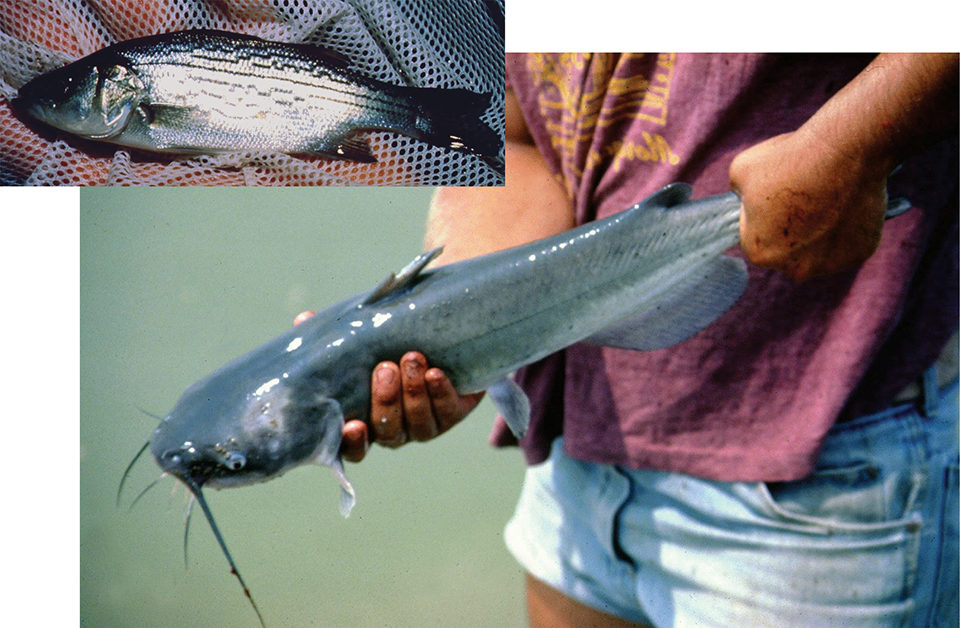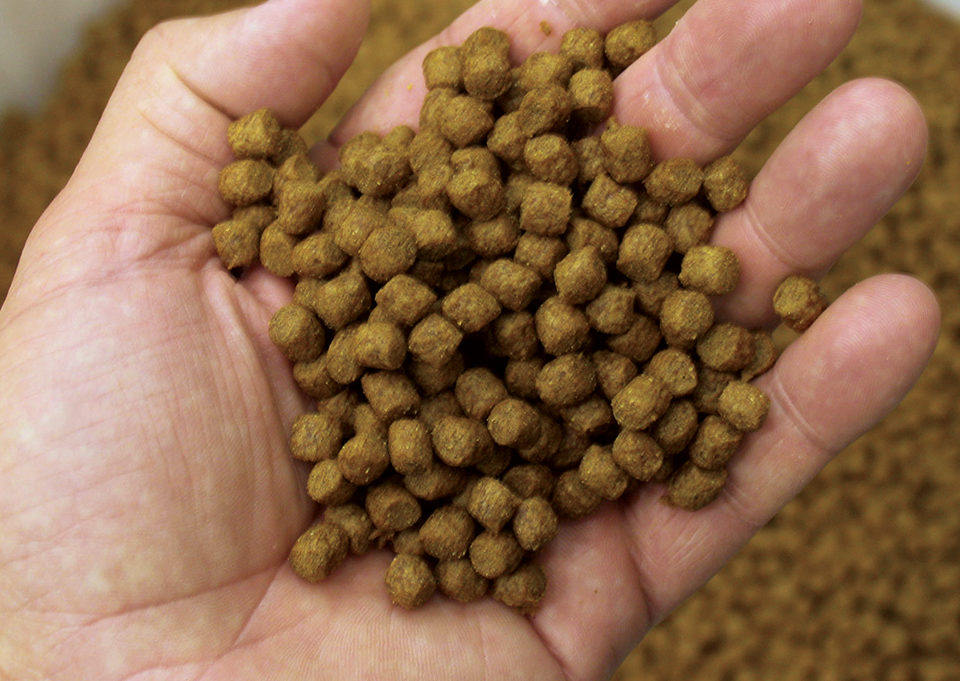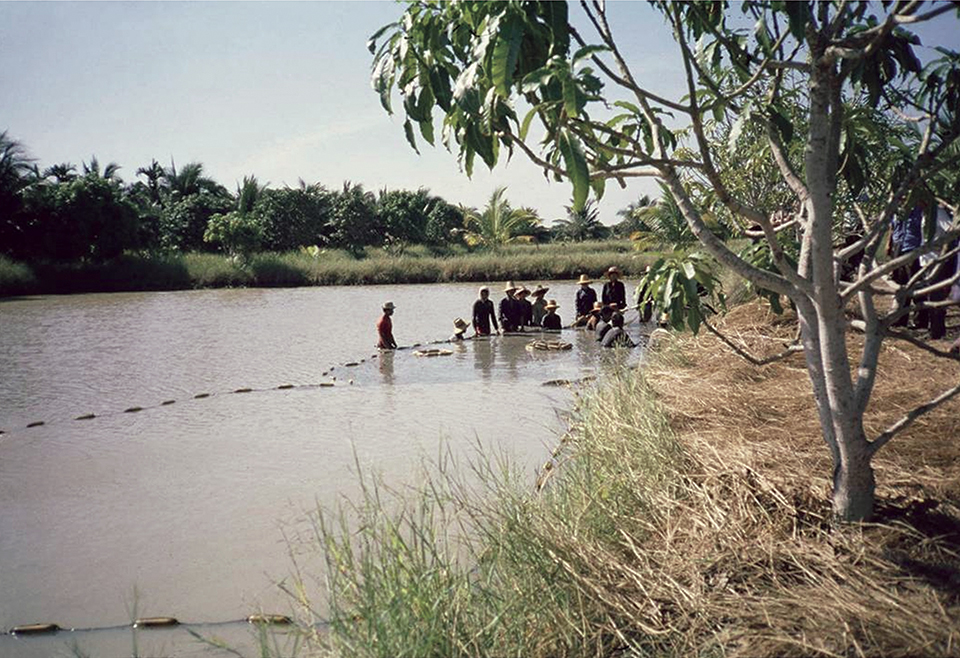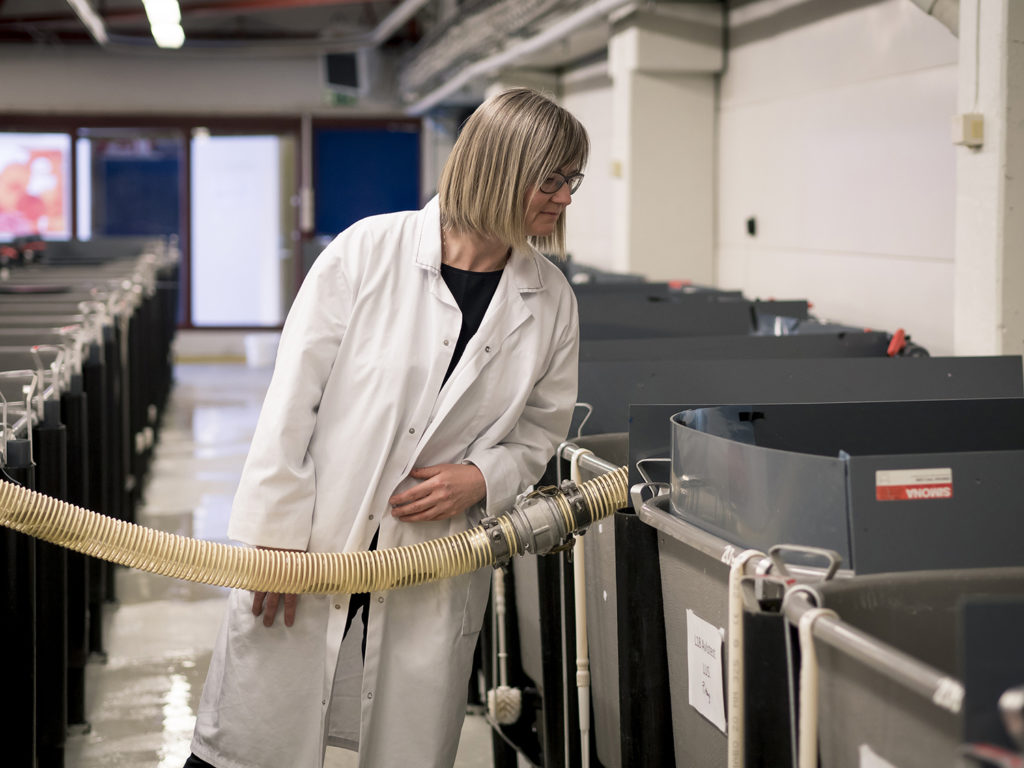Immunonutrients, immunostimulants and passive immunomodulators

As a regular strategy for aquatic disease management, antibiotics have been extensively criticized for the potential development of antibiotic-resistant bacteria and destruction of environmental microbial flora, as well as having relatively high cost and marginal effects in some cases. Certain antibiotics also have been shown to suppress fish immune systems, potentially making aquacultured species more susceptible to viral or parasitic infections.
Increasing concerns over antibiotic use have resulted in a ban on subtherapeutic antibiotic usage in Europe and stringent regulations on antibiotics in the United States and other countries. These policies impact aquaculture and have therefore prompted interest in developing alternative strategies for disease control, such as dietary supplementation with various immuno-modulators and other health-promoting compounds.
These compounds can be broadly classified as immunonutrients and immunostimulants, with the differences between these two related to their mechanisms of action. Immunonutrients confer their benefits to animals by serving as a substrate or energy source for the immune system, while immunostimulants upregulate immunity by conferring signals to the animals’ neuro-immuno-endocrine systems or various cell-signaling pathways.
Immunonutrient fortification
The immunonutrients most extensively evaluated to date include arginine, glutamine, tryptophan, nucleotides, vitamin C and vitamin E.
Arginine
Arginine, the exclusive precursor for inducible nitric oxide synthesis in macrophages, represents a very important microbial killing mechanism. This pathway has been confirmed in various fish species and shrimp hemocytes.
For example, research has shown that arginine availability influences the invitro and invivo nitric oxide production of channel catfish. In addition, arginine supplementation in practical diets can increase leucocyte oxidative radical production, nitric oxide production, macrophage activation factor production, and the resistance of flounders to infection by Edwardsiella tarda, a fresh-water bacterium. Research in the authors’ laboratory also showed that supplementation of arginine in a commercial diet above the previously established minimum requirement can enhance the growth of juvenile hybrid striped bass.
Glutamine
Glutamine is traditionally considered a nonessential amino acid for aquatic animals. However, glutamine therapy has recently received heightened interest. It has been shown that glutamine not only serves as a source of energy for the immune system and a precursor of nucleo-tide synthesis, but also is involved in the proliferation of immunocytes during infection.
Very limited research has been done on glutamine beyond that of Buentello and Gatlin (1999), who observed that glutamine can enhance the nitric oxide production of catfish macrophages in vitro. However, glutamine supplementation was recently shown to improve the weight gain, feed intake, gain:feed ratio, intestinal weight, fold height, and digestive enzyme activities of Jian carp. Thus, the potential use of glutamine for the health management of various aquatic species warrants future investigation.
L-tryptophan
The indispensable amino acid L-tryptophan has been shown to suppress aggression in juvenile cod and reduce cannibalism in juvenile groupers. Aggression and cannibalism can cause substantial production losses under conditions of intensive rearing.
In addition, dietary supplementation of tryptophan prevented cortisol responses to stress in rainbow trout. Because prolonged elevation of serum cortisol is detrimental to growth, feed intake, protein accretion, immunity, and disease resistance, the optimization of dietary tryptophan may be a promising strategy for dealing with such stressful processes in aquaculture as transportation, handling, and vaccination.
Exogenous Nucleotides
The dietary supplementation of exogenous nucleotides previously was considered nonessential for aquatic species because of their de-novo synthesis from certain amino acids. This concept was strongly challenged by the reports of Burrells et al. (2001), which demonstrated numerous benefits of dietary nucleotide supplementation.
Besides possible involvement in improving diet palatability, fish feeding behavior, and the biosynthesis of nonessential amino acids, exogenous nucleotides have shown promise most recently as dietary supplements that enhance the immunity and disease resistance of fish produced in aquaculture.
Vitamin C, vitamin E
Vitamins C and E have long been recognized as immunonutrients. They are important for antioxidative defense and thus confer protection to macrophages and neutrophils from the toxic effects of the oxidative molecules they release during immunostimulation. The fortification of antioxidant vitamins such as C and E in aquafeeds has been shown in numerous studies to positively influence immunity, disease resistance, and environmental tolerance such as protection from heat stress.
Immunostimulants
Inactivated natural microbes or microbial products such as lipopolysaccharides and β-glucans can stimulate the cell-mediated immune system. Some of these products can be delivered orally without complete degradation in the digestive system, and thus can be used as potential immunostimulants for aquaculture.
β-glucans have received extensive recognition as immunostimulants, although optimal administration protocols – especially administration lengths – still need to be refined. Some synthetic chemicals such as levamisole also can activate the immune system and increase growth in aquatic species such as hybrid striped bass. These compounds may present novel strategies to increase efficiency in aquaculture.
Lactoferrin is a glycoprotein released from neutrophil granules during inflammation. Present in milk and other exocrine secretions of mammals, it appears to have antibacterial, antiviral, antifungal, anti-inflammatory, antioxidant, and immunomodulatory activities. This protein can modulate several physiological processes, such as the expression of heat shock proteins.
Several studies have confirmed the beneficial effects of dietary lactoferrin on the immune functions and resistance of fish or prawns to infectious diseases, and tolerance of low oxygen and high temperature. However, the digestion, absorption, and transport of this protein when supplemented in diets remain undefined.
The influences of numerous other dietary immunostimulants, including chitin, peptidoglycan, liposacchardes, sulfated polysaccharide, 3, 3’, 5-triiodo-L-thyronine, β-hydroxy-β-methylbutyrate, and sodium alginate, as well as certain herbal and honey products, on fish health have been reported, but more supporting research is warranted.

Passive immunomodulators
Passive immunization involves the supplementation of pathogen-specific antibodies (such as chicken egg immunoglobulin Y) in the diet. Pathogenic bacteria-specific immunoglobulin Y can be isolated from egg yolks produced by hens vaccinated with killed pathogenic bacteria from fish. This antibody can then be transferred to fish by oral administration, indicating a novel method in the prevention of certain diseases.
Successful reports on immunoglobulin Y that works against Vibrio and Yersinia in rainbow trout, as well as Edwardsiella in Japanese eels, have shown promise for passive immunity as a dietary strategy to enhance the disease resistance of fish. However, passive immunization with antibodies purified from other sources, including fish, has failed to show an ideal response in the studies conducted thus far.
Gut microflora components
Probiotics
A probiotic is defined as a “live microbial feed supplement which beneficially affects the host animal by improving its intestinal microbial balance” (Fuller, 1989). Several currently recognized probiotics can influence fish immunity, disease resistance, and other performance indexes.
The probiotic research related to aquaculture primarily has been directed toward application of the microbes to the aquatic medium. Current restrictions on such use include cost as well as insufficient evaluation of the biological consequences and potential influences on natural microbial biodiversity.
Prebiotics
A prebiotic was defined by Gibson and Roberfroid (1995) as “a nondigestible food ingredient which beneficially affects the host by selectively stimulating the growth of and/or activating the metabolism of one or a limited number of health-promoting bacteria in the intestinal tract, thus improving the host’s intestinal balance.” The current research on prebiotics with fish is even more limited than with probiotics, although several preliminary studies were recently conducted.
The main advantage of prebiotics over probiotics is that prebiotics are natural feed ingredients, so regulatory control over their dietary supplementation should be limited. One commercial prebiotic was shown to enhance the resistance of hybrid striped bass, rainbow trout, and golden shiners to bacterial pathogens, as well as increase the growth and nutrient digestibility of red drum.
One of the authors’ recent investigations showed that dietary fructooligosaccharide enhanced the hemocyte respiratory burst of Pacific white shrimp. Another recent study showed that dietary supplementation of 2 percent inulin significantly changed the gastrointestinal microflora in turbot larvae by increasing Bacillus species to 14 percent and decreasing Vibrio species. In addition, the turbot larvae fed 2 percent oligofructose had significantly higher growth rates than fish fed 2 percent inulin, 2 percent lactosucrose, or 2 percent cellulose.
Synbiotics
A synbiotic was defined by Gibson (1995) as “a mixture of probiotics and prebiotics that beneficially affects the host by improving the survival and implantation of live microbial dietary supplements in the gastrointestinal tract by selectively stimulating the growth and/or by activating the metabolism of one or a limited number of health-promoting bacteria, and thus improving host welfare.”
Synbiotics represent a very new concept for aquaculture. To the best of the authors’ knowledge, evaluation of these products has not been conducted in aquatic species.
Editor’s Note: Cited references are available from the authors.
(Editor’s Note: This article was originally published in the November/December 2006 print edition of the Global Aquaculture Advocate.)
Now that you've reached the end of the article ...
… please consider supporting GSA’s mission to advance responsible seafood practices through education, advocacy and third-party assurances. The Advocate aims to document the evolution of responsible seafood practices and share the expansive knowledge of our vast network of contributors.
By becoming a Global Seafood Alliance member, you’re ensuring that all of the pre-competitive work we do through member benefits, resources and events can continue. Individual membership costs just $50 a year.
Not a GSA member? Join us.
Authors
-
Peng Li
Department of Wildlife and Fisheries Sciences
Texas A&M University
College Station, Texas 77843-2258 USA -
Delbert M. Gatlin III, Ph.D.
Department of Wildlife and Fisheries Sciences
Texas A & M University
College Station, Texas 77843-2258 USA[117,100,101,46,117,109,97,116,64,110,105,108,116,97,103,45,100]
Tagged With
Related Posts

Responsibility
A look at various intensive shrimp farming systems in Asia
The impact of diseases led some Asian shrimp farming countries to develop biofloc and recirculation aquaculture system (RAS) production technologies. Treating incoming water for culture operations and wastewater treatment are biosecurity measures for disease prevention and control.

Health & Welfare
Ammonia toxicity degrades animal health, growth
Ammonia nitrogen occurs in aquaculture systems as a waste product of protein metabolism by aquatic animals and degradation of organic matter, or in nitrogen fertilizers. Exposure can reduce growth and increase susceptibility to diseases in aquatic species.

Health & Welfare
‘Big picture’ connects shrimp disease, inbreeding
Disease problems on shrimp farms may be partly driven by an interaction between management practices that cause inbreeding in small hatcheries and the amplification by inbreeding of susceptibility to disease and environmental stresses.

Innovation & Investment
AquaGen CEO: Genomics are transforming aquaculture
The CEO of AquaGen knew that the Norwegian research group’s work in genomics was key to the salmon industry’s future. And that was before she even worked there.



